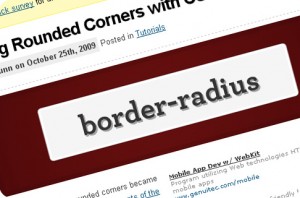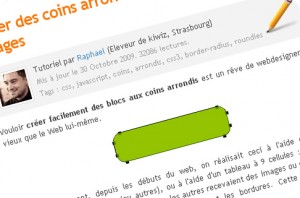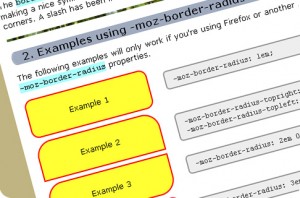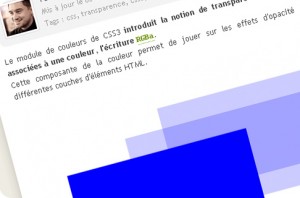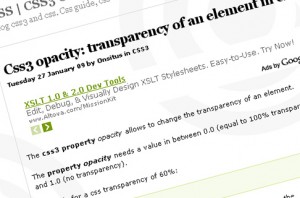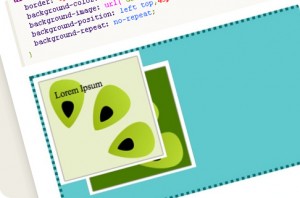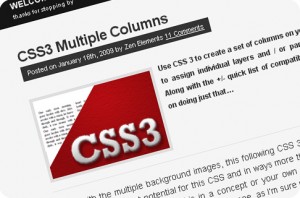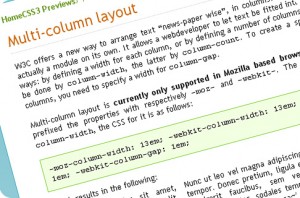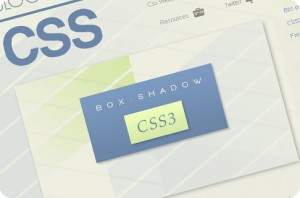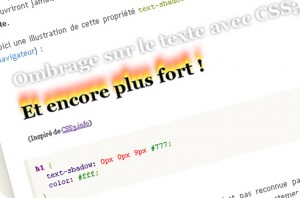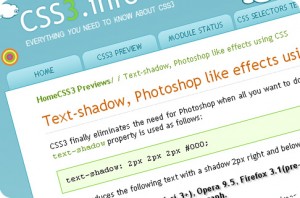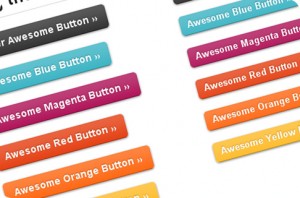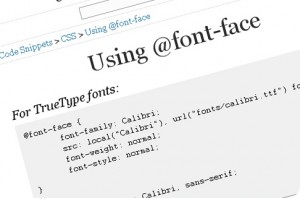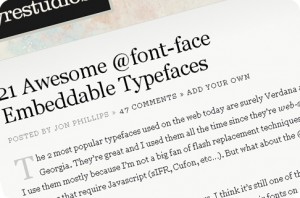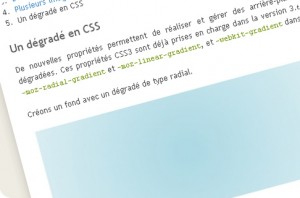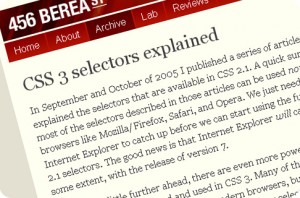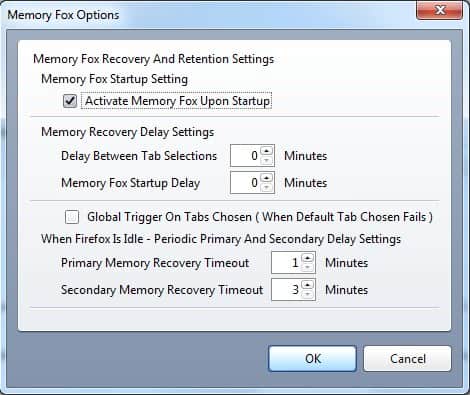When I started work at Google, I visited the Google Earth team, hoping to find a 20% project on my favorite Google product. There I met Bruno Bowden, who introduced me to a problem I had never thought much about: how to take browser sizes into account when designing a page.
Bruno had noticed that many people who visit the “Download Google Earth” page never actually download, even though, as you can see, the button is pretty hard to miss:

He wondered if a significant number of users might have their browser windows too small to see the button:

To analyze this, Bruno looked at how large people's browser windows were when they visited this page. His first key idea was to measure not the entire browser window, but just the client area -- no toolbars, status bars, or other chrome.
Bruno's second key idea was to render several weeks' worth of page visitor browser sizes in a contour visualization:

Using this visualization, Bruno confirmed that about 10% of users couldn't see the download button without scrolling, and thus never noticed it. 10% may not sound like a lot, but in this context it turns out to mean a significant number of people weren't downloading Google Earth. Using this data, the team was able to redesign the page to good effect.
Bruno and I realized that Web designers might benefit from this information if it could be made more generally available. We constructed a page that could overlay a DIV containing the contour visualization atop an IFRAME containing any other Web page:

This turned out to be a good way to see which controls were and weren't visible at typical browser sizes. The only problem was, the overlay DIV prevented mouse events from getting to the page IFRAME, so it wasn't possible to interact with the page.
To solve this, we split the overlay DIV into four:

Each of the outlines above (red, yellow, blue, green) represents a separate DIV. As the mouse pointer moves, we resize and reposition the DIVs to leave a small window of blank space around the pointer, and adjust background offsets for each DIV to make the overlay look like one seamless graphic. (We originally did this on a timer, but we found a simpler way: when the mouse touches any of the DIVs, resize/reposition all of the DIVs.) End result: a designer can click and otherwise interact with the page with the mouse, and thus interact with the site normally instead of repeatedly typing in URLs.
We are now making this tool available to the public on Google Labs. To try it, simply visit browsersize.googlelabs.com and enter the URL of a page you'd like to examine. The size overlay you see is using latest data from visitors to google.com, so this should give you a pretty good indication of what parts of your UI are generally visible and what aren't.
We look forward to receiving your comments at browser-size-external-feedback!
Bruno had noticed that many people who visit the “Download Google Earth” page never actually download, even though, as you can see, the button is pretty hard to miss:

He wondered if a significant number of users might have their browser windows too small to see the button:

To analyze this, Bruno looked at how large people's browser windows were when they visited this page. His first key idea was to measure not the entire browser window, but just the client area -- no toolbars, status bars, or other chrome.
Bruno's second key idea was to render several weeks' worth of page visitor browser sizes in a contour visualization:

Using this visualization, Bruno confirmed that about 10% of users couldn't see the download button without scrolling, and thus never noticed it. 10% may not sound like a lot, but in this context it turns out to mean a significant number of people weren't downloading Google Earth. Using this data, the team was able to redesign the page to good effect.
Bruno and I realized that Web designers might benefit from this information if it could be made more generally available. We constructed a page that could overlay a DIV containing the contour visualization atop an IFRAME containing any other Web page:

This turned out to be a good way to see which controls were and weren't visible at typical browser sizes. The only problem was, the overlay DIV prevented mouse events from getting to the page IFRAME, so it wasn't possible to interact with the page.
To solve this, we split the overlay DIV into four:

Each of the outlines above (red, yellow, blue, green) represents a separate DIV. As the mouse pointer moves, we resize and reposition the DIVs to leave a small window of blank space around the pointer, and adjust background offsets for each DIV to make the overlay look like one seamless graphic. (We originally did this on a timer, but we found a simpler way: when the mouse touches any of the DIVs, resize/reposition all of the DIVs.) End result: a designer can click and otherwise interact with the page with the mouse, and thus interact with the site normally instead of repeatedly typing in URLs.
We are now making this tool available to the public on Google Labs. To try it, simply visit browsersize.googlelabs.com and enter the URL of a page you'd like to examine. The size overlay you see is using latest data from visitors to google.com, so this should give you a pretty good indication of what parts of your UI are generally visible and what aren't.
We look forward to receiving your comments at browser-size-external-feedback!
